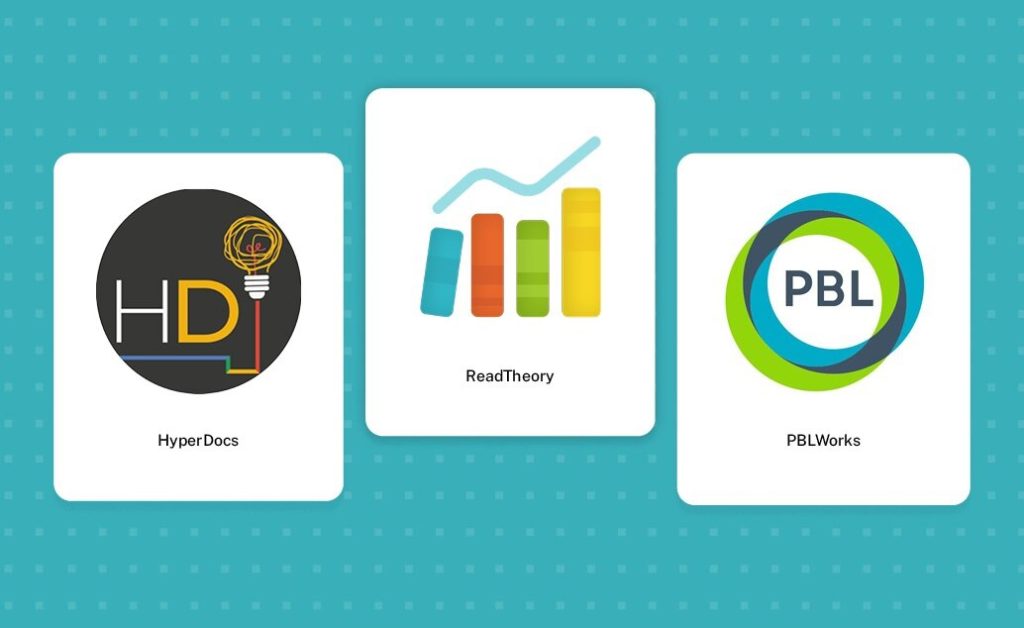
Any teacher will agree there are varying ability levels present in most classrooms. As an educator, it is important to challenge each learner and keep things moving while allowing each student to move at his or her own pace. When students are allowed to progress through lessons at their own pace, it can increase independence, motivation and engagement. A learner-paced classroom can be set up in a variety of ways, across content areas, and include almost any grade level. Here are a few of my favorite methods for incorporating a learner-paced environment in your classroom:
-
Create your own hyperdocs or interactive slides, which allow you to develop a lesson targeted to your specific objectives and lets students move through a lesson at their own pace. Hyperdocs provides templates to help make them look professional. Here is an example of interactive slides I used for reading intervention, but the concept can be easily adapted to other content areas. I created these slides for different reading comprehension strategies and assigned articles in ReadWorks that were at the students’ independent reading levels.
-
Technology provides limitless possibilities for the information students can explore. It also helps teachers manage all of the learning that’s happening. Adaptive online programs allow for students to progress through them at their own rate. Here are a few of my favorites, all of which are free or include free features:
-
Freckle (ELA articles, skills, and word study, as well as math fact fluency and skills)
-
Read Theory (reading comprehension)
-
Typing (typing lessons)
-
XtraMath (basic math fact fluency)
-
NearPod and Pear Deck and SeeSaw activities also provide some lessons that students can progress through on their own or you can create your own lessons along with optional extension activities for students ready for the extra challenge.
-
-
Project-Based Learning (PBL) can be a great practice in personalization, learner-driven learning, and learner-paced learning. The Buck Institute for Education (BIE) is a leading resource for PBL. Key components of PBL include student input, cross-curricular connections, authentic problems, a driving question, and incorporation of 21st-century skills.
As you progress down this path, standards-based grading becomes important in determining where students need extra practice and when students are ready for an extra challenge. Establishing solid horizontally and vertically aligned power standards can help you communicate what students need to know and track their progress toward a clear goal. Guiding students through the learning process and monitoring as the “guide on the side” can help students take control of their learning. Once you establish these frameworks and do all this work on the front end, you can let go and let the organized chaos begin!
Take your innovative classroom strategies to the next level at American College of Education. Explore our M.Ed. in Educational Technology and M.Ed. in Instructional Design and Technology degree programs.

